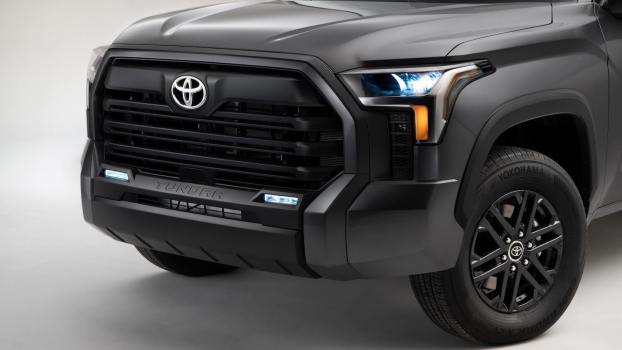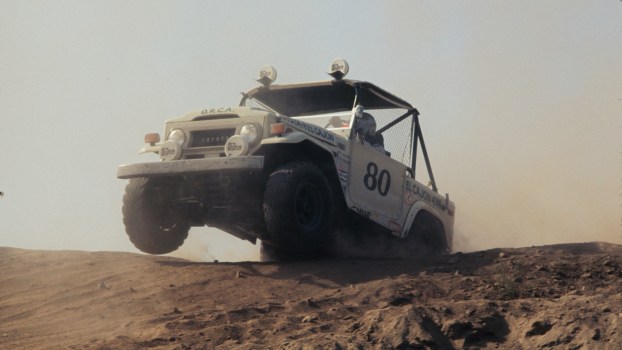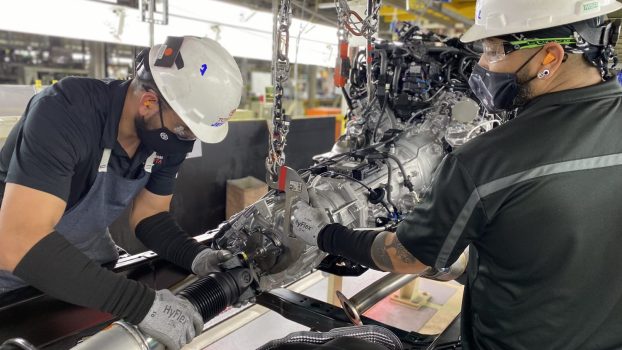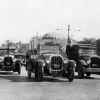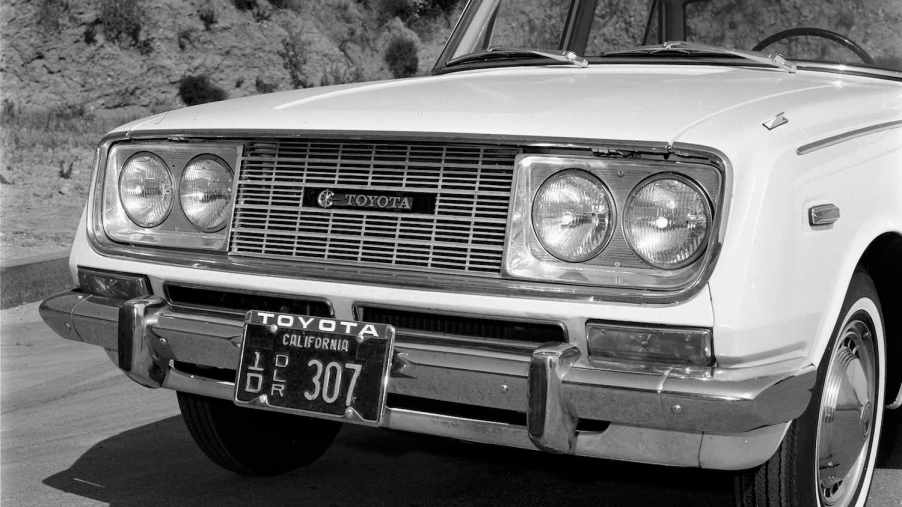
Yes, Toyota Has History, and It’s Returning to Its Roots
Even fans of Toyota sports cars and 4WD Toyota trucks may not know how deep the history of the automaker runs. Toyota Motor Corporation was founded on August 28, 1937, and celebrates its 86th anniversary in 2023. Toyota has a long legacy. And recently, the automaker has been returning to its roots. Changes inspired by this history range from manufacturing processes, to car and truck design, to the philosophy of what Toyota cars and trucks are meant to do.
Returning to The Toyota Way
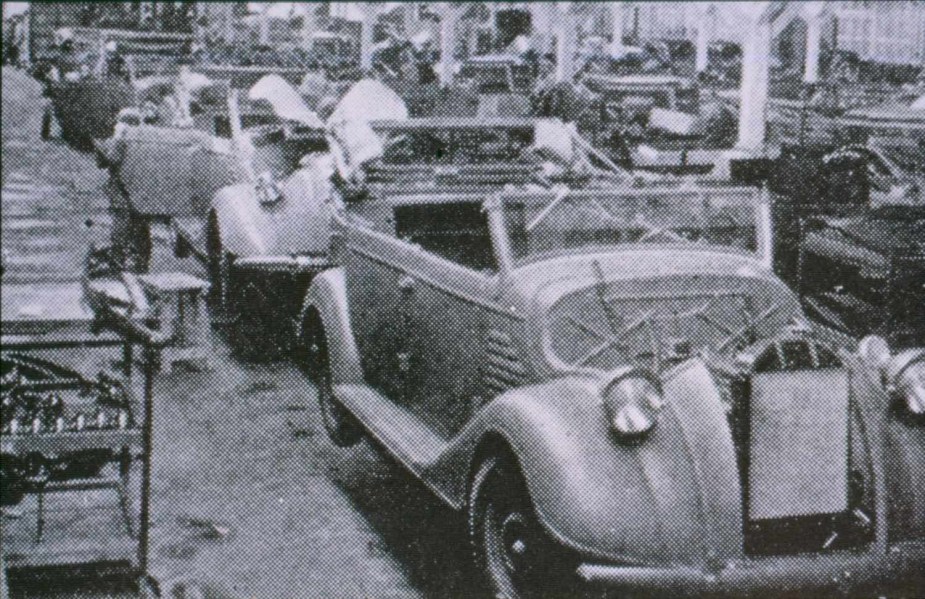
Fans of Toyota history know that ever since the company was founded, a key ingredient of Toyota car and truck reliability is the company’s cutting-edge manufacturing philosophy. Yes, I said “philosophy.” The Toyota family knows that engineering some of the world’s best vehicles doesn’t mean a thing if you can’t build them to the same precise specs 50 million times. The automaker codified this philosophy in a manifesto titled “The Toyota Way.”
This philosophy centers around a respect for human resources and a mission of continuous improvement. Toyota achieved this through, “Jidoka,” or “Building a culture of stopping to fix problems, to get quality right the first time.” Engineers built every new part or product by hand. Factory workers were invited to stop the entire assembly line at any point if they had an idea to improve the production process. Toyota sought to cultivate a sense of ownership in the vehicles it builds, in team members at all levels.
But by the 20-teens, some say Toyota had lost its way. It had become the world’s largest automaker. But as a result, Toyota factories were churning out over 800 unique engines globally, with little cross-pollination. The company took some time to reexamine itself at all levels.
As a result, Toyota is installing its original 1938 punch-card-operated assembly lines in every factory. Why an assembly line from when Toyota was founded? So every new employee first learns to assemble vehicles in the most primitive, hands-on way, before graduating to computer-aided assembly.
Leading the way into cutting-edge manufacturing…again
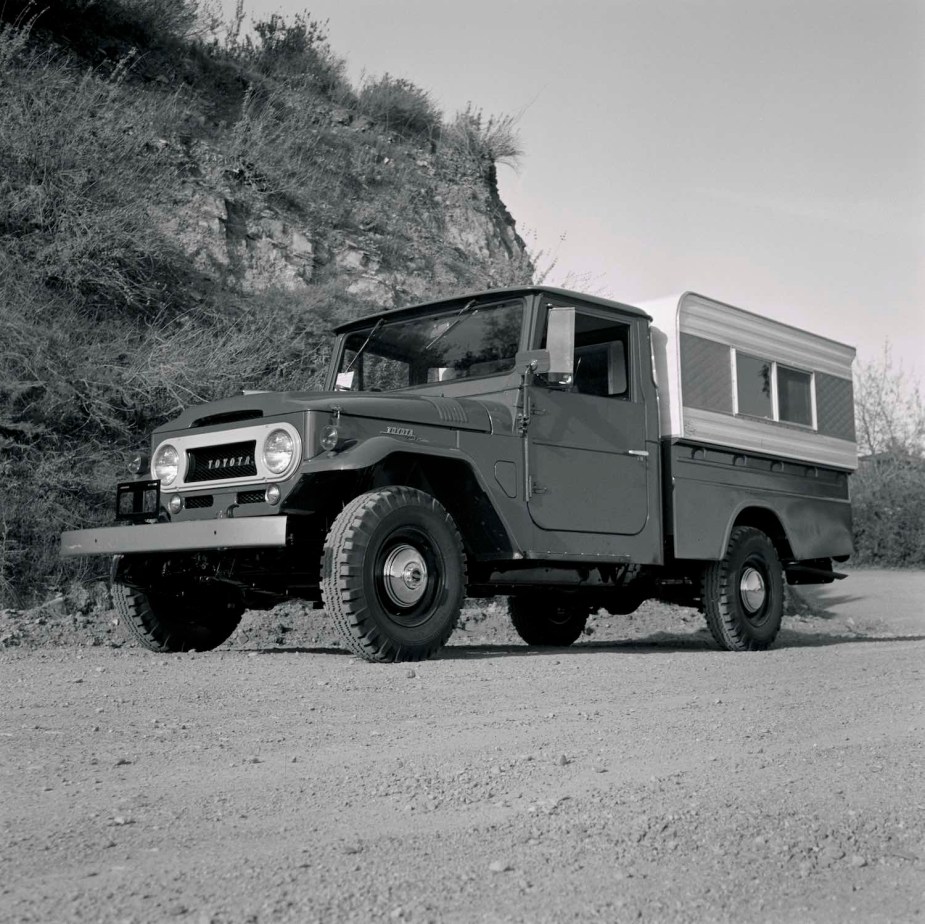
Toyota’s ultimate goal is lean manufacturing on a level few leaders in its history have dreamed of.
Firstly, it is limiting the number of components in its worldwide fleet. For example, it is attempting to share just 12 engines across all the Toyota and Lexus cars, SUVs, and trucks. Every other component, from seats to steering wheels, will come from a finite pool of on-the-shelf designs.
Then, Toyota is training its factory workers as vehicle assembly generalists. True craftspeople. The end goal is a nimble assembly line that can build any vehicle Toyota offers. This would result in a plant that could meet local customer demand, in real time.
We’ll have to wait and see if this is even possible. The immediate future will likely be limited to one plant for all the full-frame cars and trucks and another for the unibody cars and crossovers. But in the meantime, Toyota is inspiring other automakers. Stellantis, for example, is taking many of its single-model North American factories offline and retooling them for multiple vehicles.
The future of Toyota’s vehicles might look a lot like its history
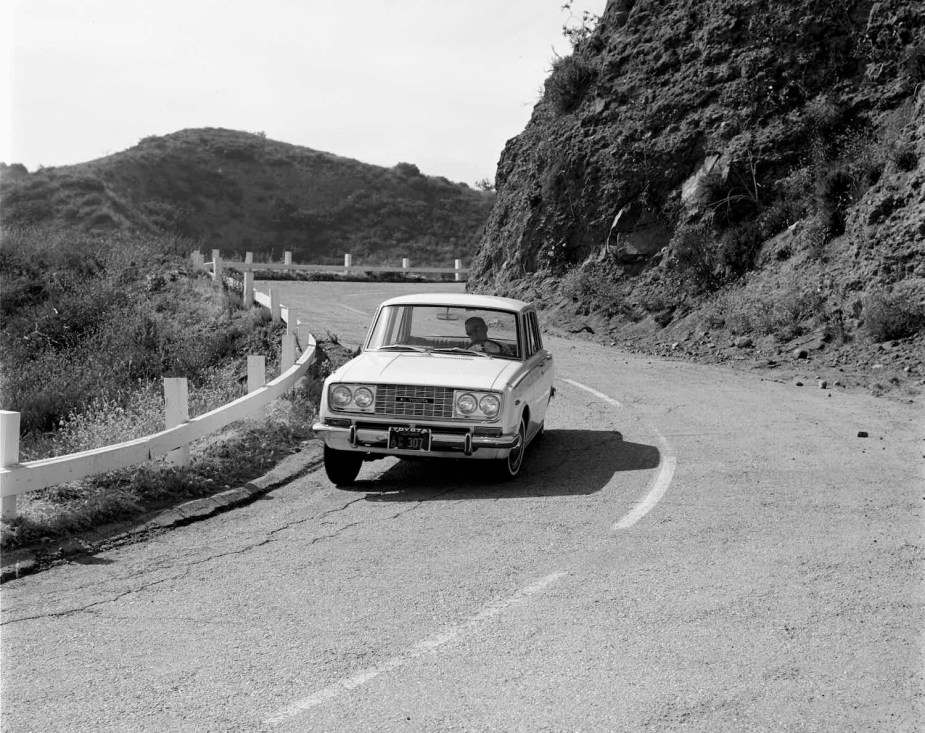
So what do Toyota’s corporate changes mean for the vehicles you can buy and drive? Well, we’re already seeing some of these shifts. Take, for instance, the return of beloved classics such as the Toyota Supra. Or the return of the Land Cruiser as a retro-styled, nimble offroader instead of the leather-loaded, third-row, Lexus-competitor it had become.
Toyota continues to prioritize low ownership costs–through fuel efficiency and reliability–but is remembering why we loved to drive its greatest vehicles. It is leading the return to front-engine RWD sports cars. It is also carrying the torch of the manual transmission with exciting new vehicles such as the redesigned Tacoma and the GR86. And while the Ford F-150 Raptor and Ram 1500 TRX have gone to AWD, the redesigned Tundra TRD Pro gives enthusiast drivers control with part-time 4WD and a manual locking differential.
Obviously, most folks love vehicles that are simpler to drive. And that’s fine. Many automakers are happy to serve them–including Toyota. But Toyota may be realizing that building such cars is not what defines its brand.
Toyota’s future is beginning to look a lot like its history. And we couldn’t be more excited for the next chapter.
Next, read the secret ingredients to Toyota’s legendary reliability or learn about Toyota’s Racing Development (TRD) team in the video below:
